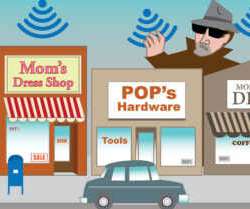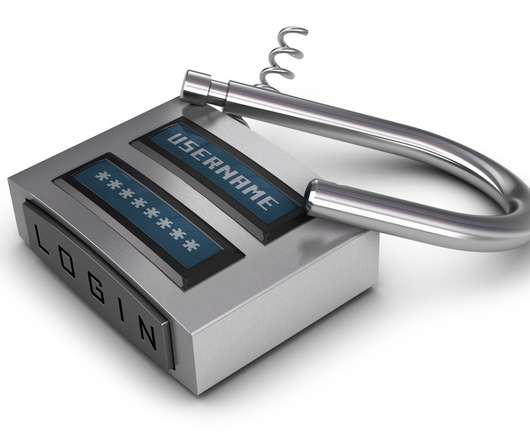SHARED INTEL: How ransomware evolved from consumer trickery to deep enterprise hacks
The Last Watchdog
JUNE 21, 2020
The Archiveus Trojan from 2006 was the first one to use RSA cipher, but it was reminiscent of a proof of concept and used a static 30-digit decryption password that was shortly cracked. The logic of the raid mainly comes down to using unsecured RDP ports or spear-phishing to infiltrate networks and gain a foothold in them.













Let's personalize your content